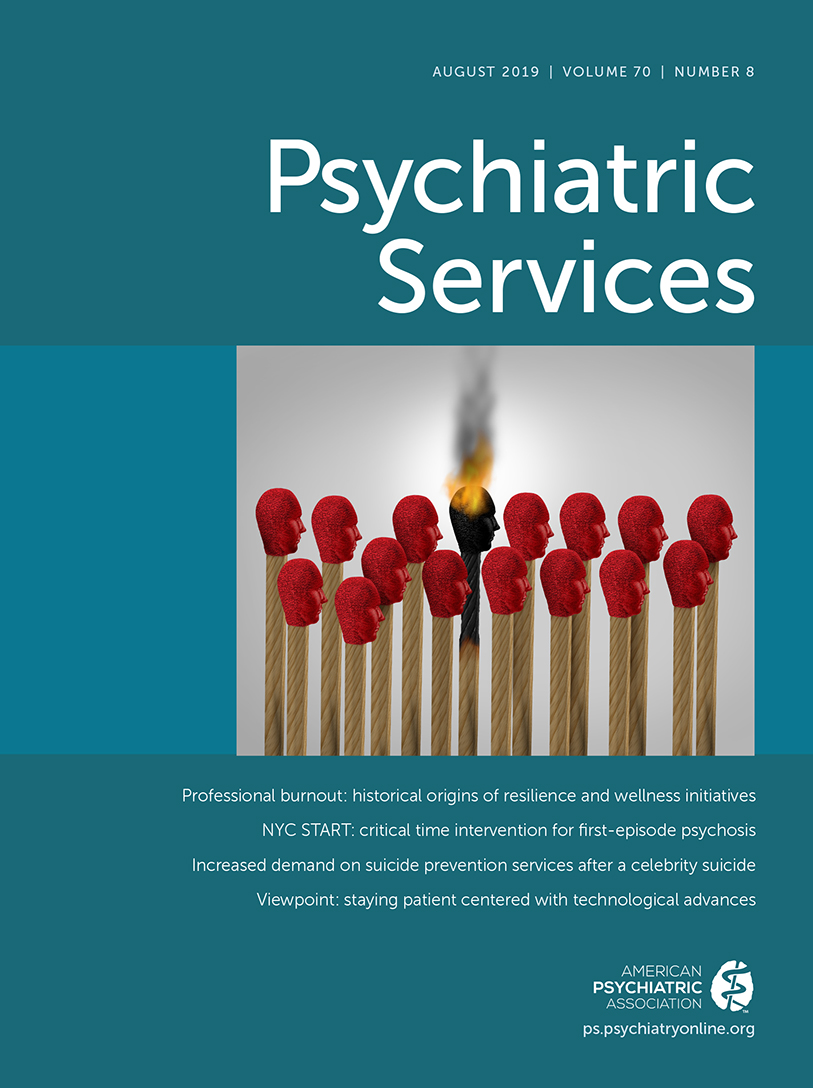Randomized Controlled Trial of an Internet-Based Educational Intervention for Mothers With Mental Illnesses: An 18-Month Follow-Up
Abstract
Objective:
A randomized controlled trial was conducted to examine the effectiveness of an Internet-based educational intervention plus a peer support–moderated listserv for improving parenting skills and coping and reducing parental stress among mothers with serious mental illnesses. The analyses examined whether positive results achieved immediately after the intervention were improved upon during the 18-month postbaseline period.
Methods:
Mothers with serious mental illnesses (N=131) were randomly assigned to an experimental or an active control condition. Outcomes were assessed over time by using a repeated-measures analysis of variance.
Results:
Participants in the experimental condition experienced statistically greater reduction in parental stress at the 18-month follow-up than those in the active control condition.
Conclusions:
This relatively low-cost intervention, along with the Internet’s advantages of accessibility, anonymity, and insulation from child care issues, suggests potential utility for reducing parenting stress for busy mothers. These results provide a foundation for enhancing this intervention to achieve other targeted outcomes related to parenting.



